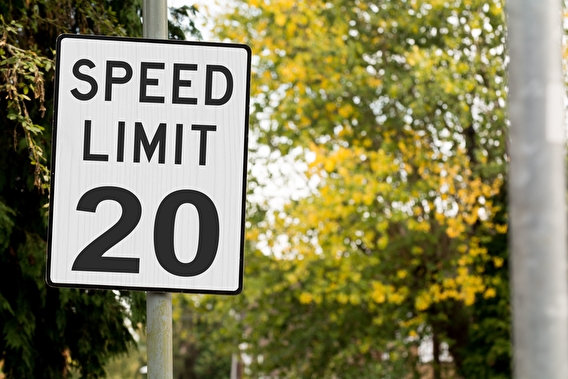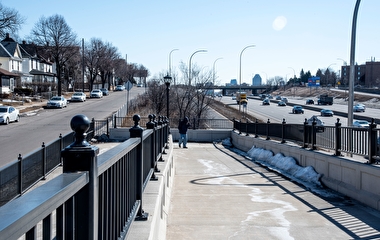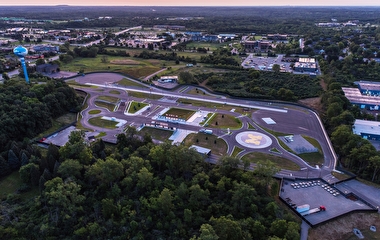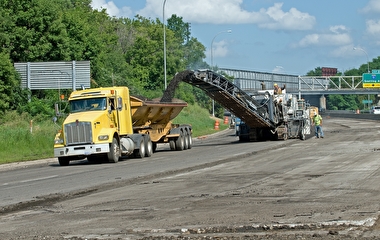
What’s the right speed limit for local roads? Legislation passed in 2019 makes it possible for Minnesota cities to set speed limits below 25 mph without special approval. As a result, it’s a question many local transportation officials have been considering.
According to a before-and-after study by U of M researchers, lowering speed limits to 20 mph in St. Louis Park, Minnesota, resulted in a modest speed reduction of 1–2 mph on average. In a recent webinar about the study, St. Louis Park engineering project manager Jack Sullivan shared his perspective on the speed limit changes.
Sullivan explained that the city conducted its own before-and-after study, and that its results aligned with those of researcher Gary Davis, who led the U of M study. Overall, the city’s evaluation found a 1.1 mph reduction in speed (from 22.1 to 21 mph), and the average speed of most drivers is now within 5 mph of the posted speed limit.
“The new speed limits are appropriate for the community and more aligned with how drivers are actually driving those streets,” Sullivan said.
The “small but positive” speed reductions were what the engineering team had anticipated before the changes were implemented, Sullivan added. The city coupled the speed limit reduction with a “20 is Plenty” education campaign and portable speed boards that were moved around town weekly in response to residents’ concerns and data collection needs.
“Lowering the speed limit is not an end-all solution. It is part of a suite of solutions that includes engineering changes,” Sullivan said. “But it does signal to drivers that having a livable, bikeable, and walkable city is a strategic priority for our community.”
—Megan Tsai, contributing writer


